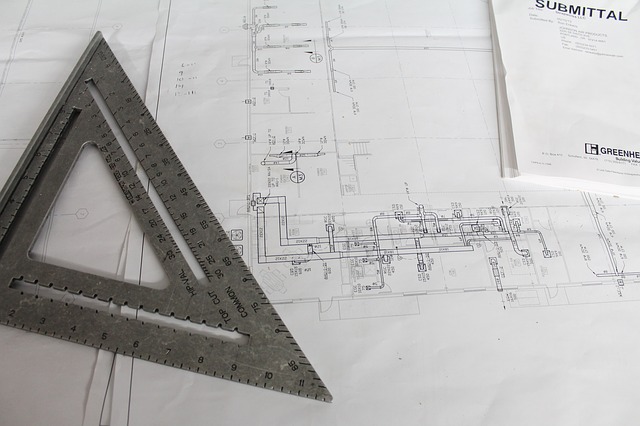Design responsibility matrix
Building design was traditionally carried out by a small team of consultants working for a client, who would complete the design before seeking tenders from contractors to carry out the works. However, as buildings have become more complex, design and construction have begun to overlap, a wide range of specialist designers have emerged, contractors have taken on more of a managerial role, and the whole supply chain has become engaged in the design process. As a result, it is increasingly important to define precisely who is responsible for which part of the design.
A design responsibility matrix (DRM) sets out responsibility for each element of the design at each stage of the design development process and to what level of detail. It might be accompanied by the development of a contractual tree, illustrating the contractual relationship between the participants in the project. It can also be accompanied by a project roles table that sets out the overall roles required for a project.
Preparation of a design responsibility matrix should begin early in the development of the project. It may start with a simple, strategic overview of design responsibility for the main design elements. As the project progresses, however, it should increase in detail to allocate responsibility for specific elements, systems and products, setting out the level of detail and format of design information to be produced and any requirement for collateral warranties.
It is important that design responsibilities are clearly defined and properly understood before tender documentation is prepared or appointments made.
The client may wish to allocate the roles of lead designer and lead consultant to co-ordinate the work of designers. It might also be appropriate to appoint a design co-ordinator (for the co-ordination and integration of design prepared by specialist contractors) and a computer aided design (CAD) and/or building information modelling (BIM) co-ordinator and BIM information manager. Contractors may appoint their own design managers to co-ordinate their own design and that of sub-contractors.
On projects where BIM is adopted, a design responsibility matrix may form part of the Employer's Information Requirements (EIR).
The RIBA Plan of Work 2013 defines the design responsibility matrix as: A matrix that sets out who is responsible for designing each aspect of the project and when. This document sets out the extent of any performance specified design. The Design Responsibility Matrix is created at a strategic level at Stage 1 and fine tuned in response to the Concept Design at the end of Stage 2 in order to ensure that there are no design responsibility ambiguities at Stages 3, 4 and 5.’
The RIBA Plan of Work toolbox provides a pro-forma design responsibility matrix, with each aspect of the design coded according to the Uniclass2 classification system.
[edit] Related articles on Designing Buildings Wiki
- Contractual tree.
- Design liability.
- Design management.
- Design management plan.
- Design manager.
- Design programme.
- Design team.
- Design web.
- Employer's information requirements.
- Lead consultant.
- Lead designer.
- Project roles table.
- Uniclass 2.
- RACI matrix.
[edit] External references
Featured articles and news
Professional practical experience for Architects in training
The long process to transform the nature of education and professional practical experience in the Architecture profession following recent reports.
A people-first approach to retrofit
Moving away from the destructive paradigm of fabric-first.
International Electrician Day, 10 June 2025
Celebrating the role of electrical engineers from André-Marie Amperè, today and for the future.
New guide for clients launched at Houses of Parliament
'There has never been a more important time for clients to step up and ...ask the right questions'
The impact of recycled slate tiles
Innovation across the decades.
EPC changes for existing buildings
Changes and their context as the new RdSAP methodology comes into use from 15 June.
Skills England publishes Sector skills needs assessments
Priority areas relating to the built environment highlighted and described in brief.
BSRIA HVAC Market Watch - May 2025 Edition
Heat Pump Market Outlook: Policy, Performance & Refrigerant Trends for 2025–2028.
Committing to EDI in construction with CIOB
Built Environment professional bodies deepen commitment to EDI with two new signatories: CIAT and CICES.
Government Grenfell progress report at a glance
Line by line recomendation overview, with links to more details.
An engaging and lively review of his professional life.
Sustainable heating for listed buildings
A problem that needs to be approached intelligently.
50th Golden anniversary ECA Edmundson apprentice award
Deadline for entries has been extended to Friday 27 June, so don't miss out!
CIAT at the London Festival of Architecture
Designing for Everyone: Breaking Barriers in Inclusive Architecture.
Mixed reactions to apprenticeship and skills reform 2025
A 'welcome shift' for some and a 'backwards step' for others.






















